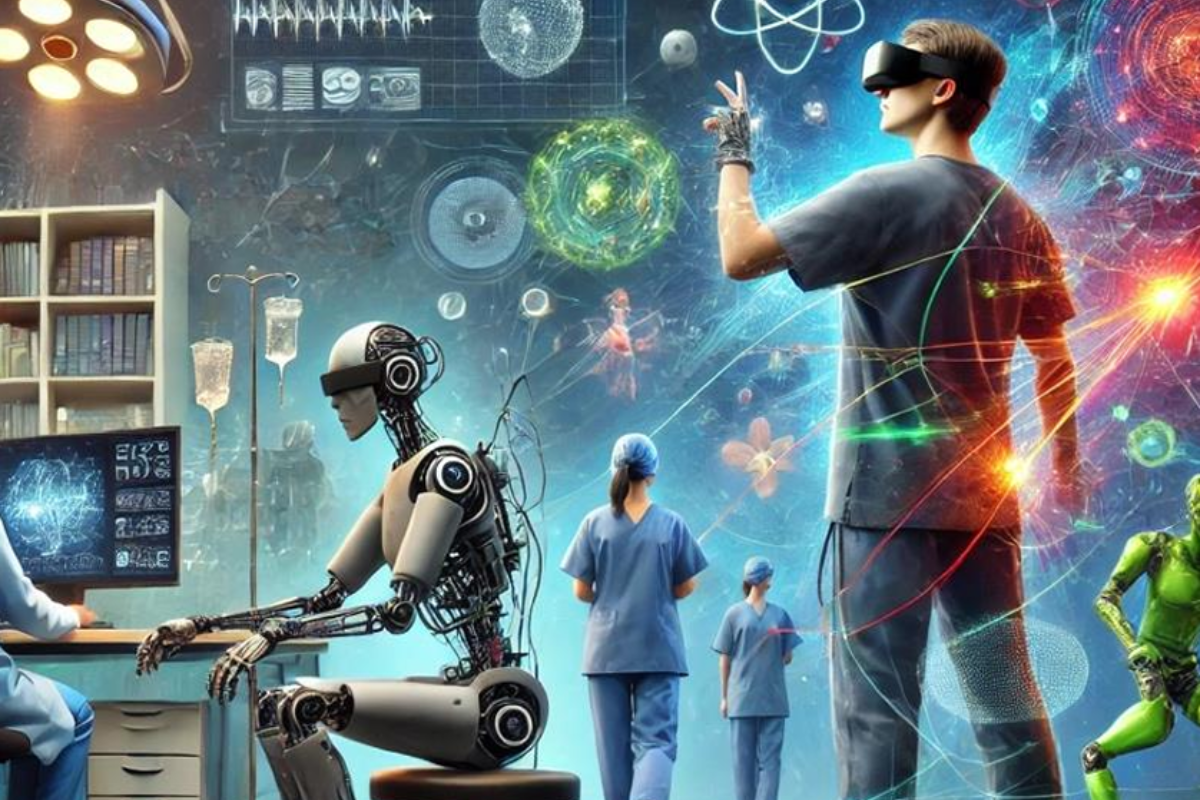BIP: Advancements and applications of wearable technology
Through hands-on projects, the course aims to explore real-world applications of wearable technology and telerobotics, emphasizing their innovative uses and impact.
Please be aware that your home university may set a different application deadline depending on their internal selection process.
